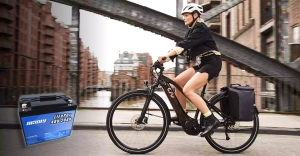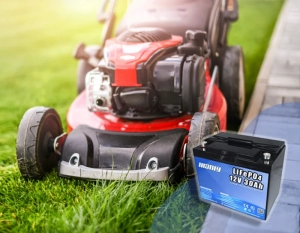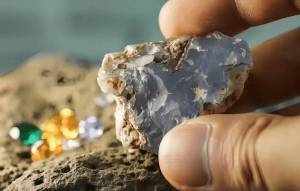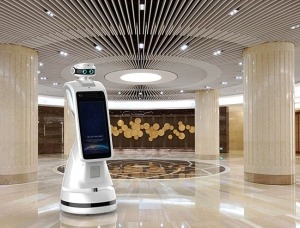CATL's Supercharge Battery: A New Era in EVs
Table of Contents
- CATL's Supercharge Battery: A New Era in EVs
- CATL Reveals Game-Changer: The Shenxing Super Charge Battery
- CATL's Shenxing Battery: The Future of Fast Charging
- CATL's Supercharge Battery: Revolutionizing Electric Car Charging
- Overcoming Charging Worries: The Rise of Fast-Charging Cars
- Challenging the Ternary Battery Market with Affordable Innovation
- The Future of Iron Phosphate in EVs: A Battle Between Giants
CATL Reveals Game-Changer: The Shenxing Super Charge Battery
CATL had a big secret. Now, it's out. Why say this? Right now, lithium iron phosphate batteries are big in new energy cars. Since July 2021, these batteries took the lead. They beat ternary batteries. Most top-selling cars use them. But, BYD's blade battery leads in this area. CATL ranks second. Yet, not many remember CATL for this.In past years, CATL launched various batteries. None were tailored for lithium iron phosphate. Lithium iron phosphate batteries are popular. They're cost-effective, safe, and durable. But they lack in cold weather. They don't charge as fast as ternary batteries. Consumers noticed. Clearly, CATL wants to address these issues. Their "Supercharge Battery" might be the answer.On August 16, CATL unveiled a world first. It's a 4C supercharge battery made from lithium iron phosphate. It charges for 10 minutes and goes 400 kilometers. That's like driving from Beijing to Jinan in one short charge. Unlike other fast batteries, this one can really go 700 kilometers.The "Supercharge Battery" owes its success to CATL. CATL innovated in materials, structure, and manufacturing. With these changes, CATL pushed limits. They achieved fast charge, long range, and safety all at once.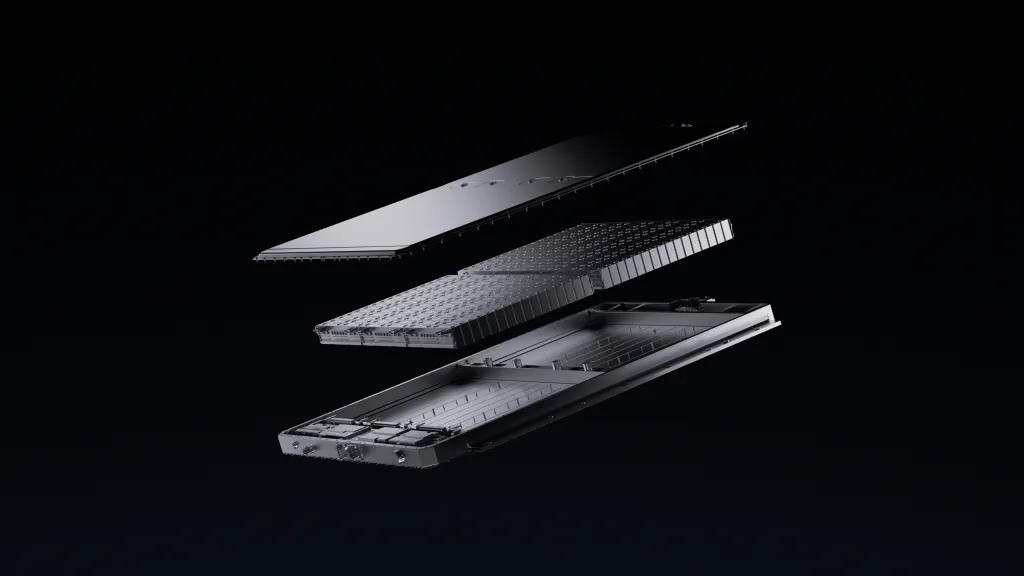
CATL's Shenxing Battery: The Future of Fast Charging
For the positive electrode: The "Supercharge Battery" uses advanced cathode tech. It has nanoscale lithium iron phosphate. This builds a super electron net. It reduces lithium-ion resistance. Charging responds faster.For the negative electrode: CATL uses new gen fast-ion tech. It modifies graphite surfaces. It adds lithium-ion channels. It shortens the distance. It's like a "highway" for ions.For balance: CATL uses a layered pole design. It manages the pole structure. The top has many holes. The bottom is dense. It balances high energy and super-fast charging.For the electrolyte: CATL develops a new high-conductivity formula. It lowers the viscosity. It increases lithium-ion abilities. It boosts conductivity.Additionally: CATL improves the thin SEI film. This reduces resistance even more.For the separator: CATL improved the separator. It has more holes and smooth channels. This speeds up lithium-ion liquid transfer.Structural innovations: The "Supercharge Battery" in CTP3.0 removed beams and end boards. It introduced a new grouping tech. It strengthens the core and box connection. This maintains strength. It also uses space better. The "Supercharge Battery" exceeds performance limits. It can last over 700 kilometers.Charging speed: The Supercharge 4C battery charges fast. It has excellent "all-temperature flash charging."At normal temperatures: The "Supercharge Battery" can charge to 80% in 10 minutes. CATL uses a temperature control tech. It heats up quickly in cold. It can charge to 80% in 30 minutes at -10℃. It performs well even in cold.Thanks to their manufacturing skills: CATL can quickly make these batteries. The "Supercharge Battery" will be mass-produced this year. Electric cars using it will launch next year.

